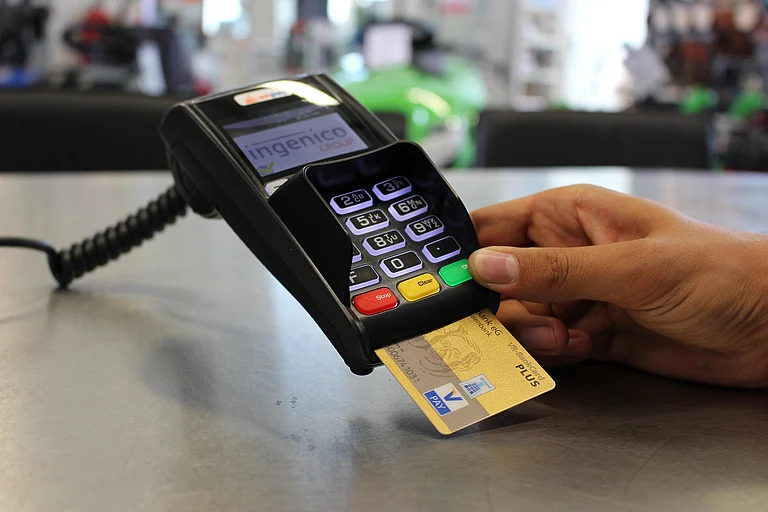Appealing cashback, discounts, and striking travel rewards have driven many individuals to use not only one, but multiple credit cards, just to churn out every bit of benefits possible. Most consumers, particularly urban professionals, have multiple credit cards for additional benefits. Though having multiple cards can provide access to better deals, it can also bring confusion when it comes to due dates, accumulating cost of interest, and overspending in case of poor management. Here are five ways to implement to effectively manage multiple credit cards
Here are five ways to implement to effectively manage multiple credit cards:
1. Monitor Due Dates And Payment
The most frequent trouble people face while handling multiple cards is monitoring the payment due date. Missing a payment can incur late fees and harm your credit score. One easy way to handle that is to have reminders or connect payment notifications with mobile banking apps. Others prefer to sync all the cards to one payment date if the bank supports it, as that makes it simpler to recall. Alternatively, enrolling for automatic payments of the entire bill or at least the minimal due allows no due date to be overlooked.
2. Use Each Card For Specific Categories
Credit cards provide diverse rewards based on spending categories like groceries, fuel, dining, or travel. Using a specific card for a specific expense serves to boost benefits. For example, you can use a travel rewards credit card for your flight bookings and hotels, and another card with better cashback for paying utility bills or shopping online. This is not only easy to track but also gives you the optimal rewards from every card.
3. Keep Low Credit Utilisation Ratio
Credit utilisation ratio is the proportion of your card balance to your credit limit, and it should always be kept low for good credit scores. When using more than one credit card, it is preferable to distribute the expenditure among them instead of exhausting the limit on a single card. It is advisable to keep the credit utilisation ratio lower than 30 per cent of the limit available, and check card balances regularly and settle dues well in advance to ensure this ratio and ward off interest charges.
4. Automate And Monitor Statements
Auto-debiting payments can prevent late deadlines, but it's also crucial to check credit card statements monthly. Having several cards heightens the risk of missing unauthorised charges or concealed fees. Checking on statements periodically ensures that every transaction is genuine and enables one to alert for any discrepancies promptly. Maintaining a digital archive of statements can also facilitate monitoring of spending monthly and budgeting.
5. Check Annual Fees And Rewards
Annual fee cards or cards with changing reward programs might not always be worth it. It's a good idea to check how each card is doing, at least annually. If a card no longer serves your spending needs, replace it with a no-fee card or a card providing more value. This also prevents unnecessary expenses and keeps your credit portfolio up to date.
Having multiple credit cards is all about discipline, timely payments, and using every card to its advantage. By strategising and monitoring rewards, charges, and usage, credit card owners can boost the advantages of having several cards without getting into debt.











